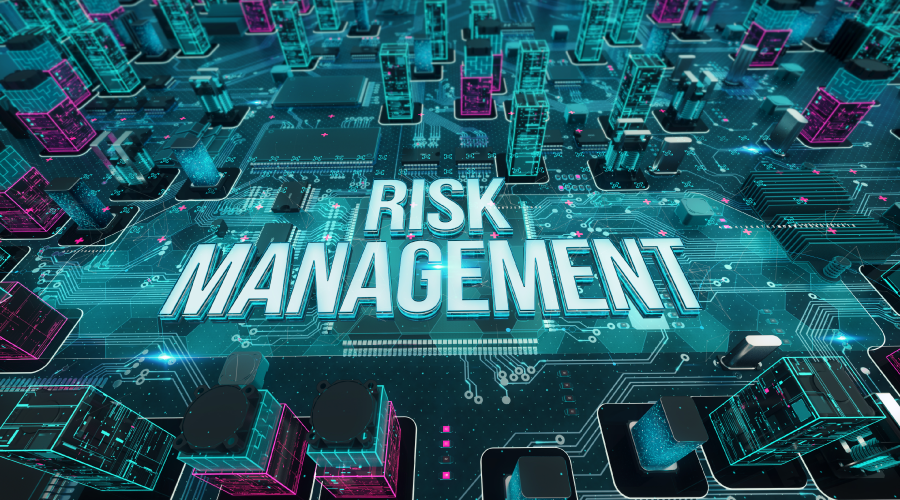Does Reliance on Technology Make Buildings Less Resilient?
Here's how to make sure vulnerabilities are addressed.
Buildings are increasingly sophisticated, but paradoxically, that makes them less resilient to natural disasters. That’s to say, increasing dependency on technology and automation can actually be a hindrance to business continuity.
“It’s a vulnerability question,” says Jim Newman, founder and principal of Linnean Solutions and a member of the board of directors of the Resilient Design Institute. “Reliance on technology has unquestionably made buildings more vulnerable.” Where is the happy medium, then, between a smart building and one that is resilient? If power (and backup power) are all knocked out, what building systems are accessible? What data is accessible?
These are crucial questions for facility managers and IT executives alike. Generally speaking, the solution is not to go back to huge printed manuals and cranks and wheels to run building systems. Rather, back-up power, judiciously and strategically deployed, becomes increasingly important. “Redundancy is important, and it may make sense to have multiple levels of backup power,” says Alex Wilson, founder of BuildingGreen and president of the board of directors of the Resilient Design Institute. “For businesses that rely on the Internet for key services, backup power for servers, computers, cable modems, and routers is highly important. It might make sense to have redundant backup power for those systems.”
Wilson suggests the answer might be smaller pure sine wave uninterruptible power supplies (UPS), and then that equipment can be backed up with larger modified sine wave UPS.
What’s more, facility managers need to be sure their buildings are resilient enough to protect that technology and critical IT equipment that runs a business, or is the core of a business itself. Evan Reis, executive director of the U.S. Resiliency Council, mentions a building he recently worked on in Silicon Valley — a $10 million building that housed $400 million in servers and other computer equipment. Reis says any investment in infrastructure geared toward resilience in this building is more than worth an initial cost. “Think of the business continuity loss at a building like this,” he says “Not to mention the lead time for special servers, if they’re damaged.”
Related Topics:













